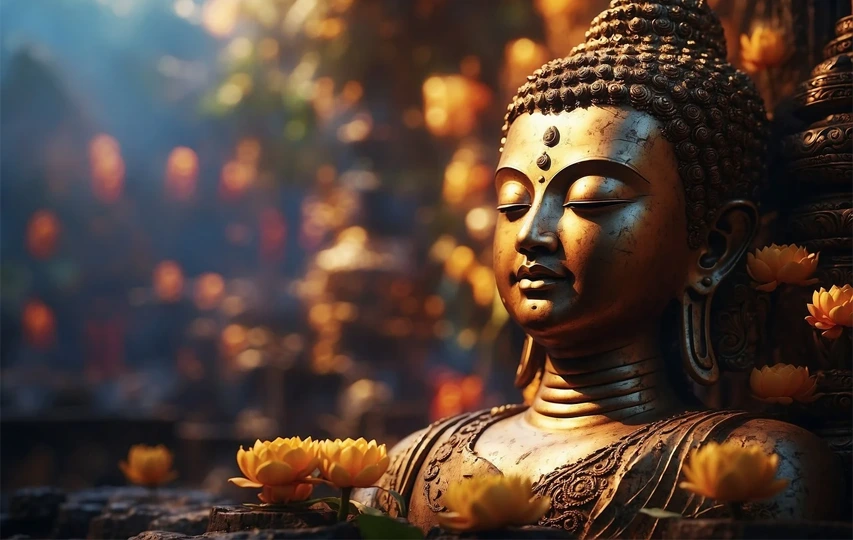
The Guide to Buddhist Meditation Centers Worldwide
Buddhist meditation has deep roots in Eastern philosophy. Initially emerging from Indian Buddhism, it now spans three main branches: Chinese, Southern, and Tibetan traditions. Modern Westerners often embrace meditation as their gateway to Buddhism.
Why Western Buddhists Love Meditation
First and foremost, Western practitioners focus intensely on meditation techniques. As a result, many achieve remarkable spiritual progress. Both monks and laypeople consider sitting meditation essential to their practice. Furthermore, traditions like Theravada and Zen Buddhism draw special attention due to their meditation emphasis.
Impact of Thai Forest Tradition
The Thai Forest Tradition significantly shapes Western Buddhism’s character. Moreover, influential teachers like Ajahn Chah have trained countless Western monastics. Among them, Thanissaro Bhikkhu stands out as a leading Western representative.
Key Meditation Destinations: Thailand and Myanmar
Thailand and Myanmar lead as prime meditation study destinations. Subsequently, their Theravada Buddhist practices heavily influence Western meditation culture. Notably, Myanmar sparked the “Vipassana movement,” which has evolved into today’s popular mindfulness movement.
Myanmar: The Heart of Traditional Meditation
Myanmar preserves authentic Theravada Buddhism. In contrast, Thai centers have become more international. Myanmar’s meditation centers offer:
- Peaceful environments for focused practice
- Strict rules against disturbances
- Opportunities for solitary practice
These centers welcome practitioners worldwide. Additionally, they maintain simple customs and faithful beliefs. Most importantly, they help visitors easily integrate into semi-monastic life.
Unique Features of Myanmar’s Meditation Centers:
- Free admission with voluntary donations
- Easy check-in processes
- Exclusive meditation visa availability
- Holiday retreat opportunities
- Focus on mindfulness development
Popular Myanmar Meditation Centers include:
- Pa-Auk Forest Monastery
- Chanmyay Meditation Center
- Mahasi Meditation Center
- International Meditation Center
Thailand’s Modern Meditation Scene
While Myanmar offers traditional experiences, Thai centers provide more accessible options for beginners. However, serious practitioners often prefer Myanmar’s authentic approach. Nevertheless, Thailand’s forest monasteries, especially in northeastern regions, offer pristine meditation environments.
Global Spread of Meditation Centers
Currently, meditation centers flourish worldwide. For instance, Malaysia and Sri Lanka host renowned centers like Tusita Hermitage. Meanwhile, Goenka Vipassana centers operate globally. Interestingly, Chinese practitioners increasingly book entire overseas venues.
Western Adoption of Buddhist Meditation. In America, meditation has evolved significantly since its introduction. Consequently, it influences various fields:
- Psychology
- Management
- Ethics
- Personal development
Three main Buddhist schools dominate American practice:
- Japanese Zen
- Tibetan Vajrayana
- Vipassana insight meditation
Modern Meditation Trends: Today’s meditation practice often transcends religious boundaries. Instead, it focuses on:
- Personal growth
- Mental clarity
- Emotional balance
- Self-realization
Meditation centers now offer flexible programs. Therefore, practitioners can choose between intensive retreats or regular home practice. Furthermore, meditation teachings appear in bestselling books and wellness programs.
The Future of Meditation
As meditation continues evolving, it maintains its core benefits while adapting to modern needs. Above all, it offers a path to inner peace and wisdom, free from rigid religious constraints. Finally, this ancient practice provides tools for contemporary challenges while preserving its essential teachings.
Buddhist meditation – Wikipedia
Get to Know Your Five Elements for Free


